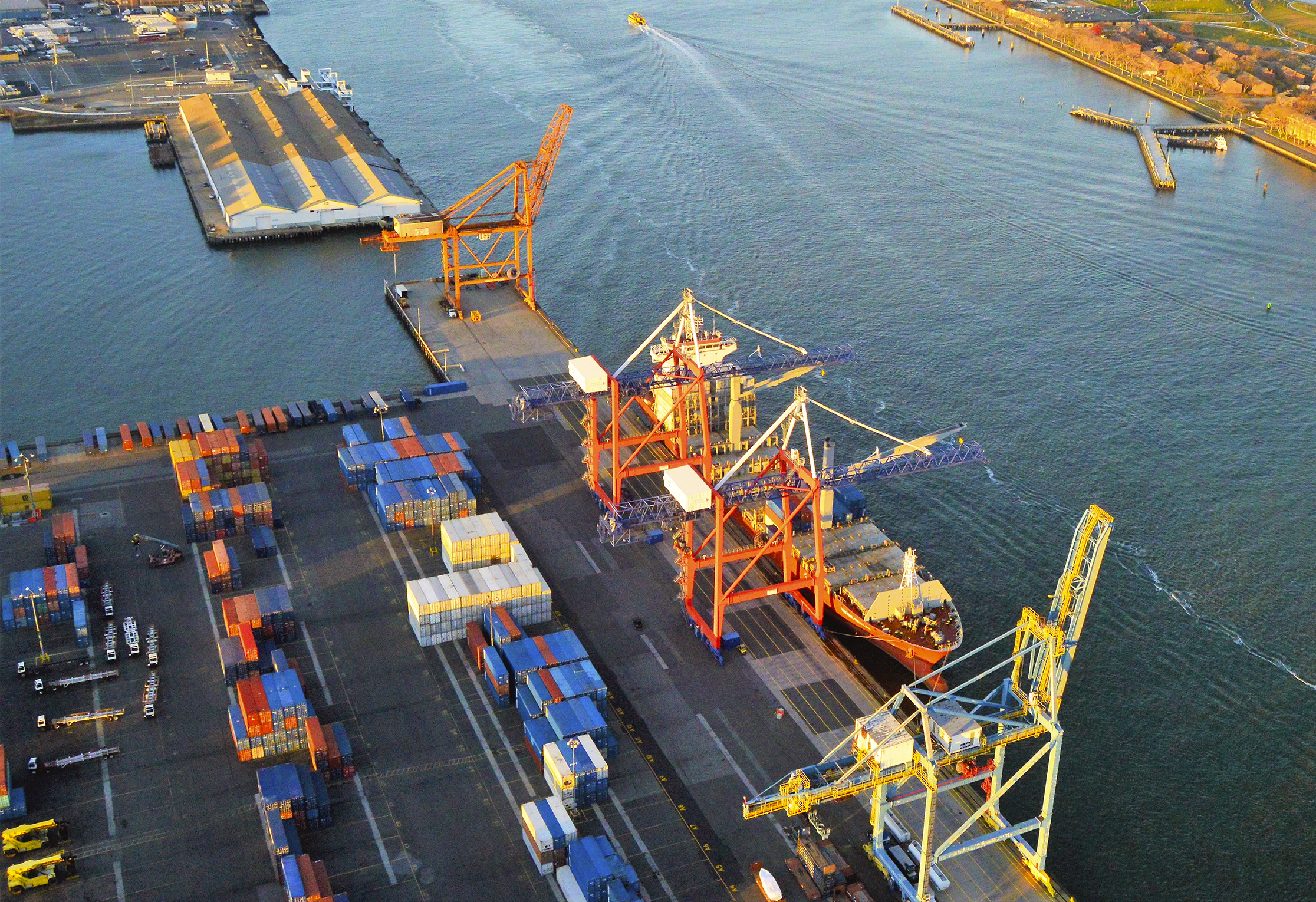The Value of Excess Trucking Insurance for Growing Fleets
By Alliant Specialty
Listen to the audio version:
As trucking fleets expand, their exposure to risks and liabilities increases. These include the rising incidents of cargo theft, property damage, personal injuries, accidents and other hazards, which can interrupt your business operations and increase your financial burden. To safeguard against these potential threats, it's crucial for leaders to consider excess layer insurance coverage.
Excess layer insurance, also known as excess liability insurance, provides coverage beyond the limits of a primary insurance policy. When a claim exceeds the limits of an underlying policy, the excess layer kicks in to cover the additional costs, ensuring that the company is not left vulnerable to substantial financial loss.
This type of coverage is particularly important in the trucking industry, where accidents and liability claims can result in substantial damages. By investing in excess trucking insurance tailored to your fleet, your business will be protected against the unexpected and can mitigate its overall risk, leading to a financially sustainable future.
The Increasing Need for Excess Layer Insurance Coverage
Growing trucking fleets face a myriad of risks that can disrupt the supply chain and slow down operations. As the trucking landscape grows more complicated, it’s critical that trucking fleet managers develop a comprehensive risk management strategy to address the following factors contributing to increased exposures:
- More Vehicles on the Road: With an expanding fleet, there are more trucks operating, which inherently raises the probability of accidents and incidents. According to the U.S. Department of Transportation, 70,132 large trucks were involved in fatal and non-fatal crashes in 2024 as of June, resulting in 1,721 fatalities and 29,695 injuries. Accidents, especially those that result in injuries or fatalities, can mean hundreds of thousands of dollars in expenses, which could be detrimental to a growing fleet.
- Diverse Routes and Clients: Growth often means taking on new routes and clients, some of which may involve higher-risk areas or demanding contracts. For example, vehicles and drivers might be exposed to areas with higher crime rates through new routes, increasing the risk of break-ins and theft. With new clients, fleets may struggle with new logistical complexities, like meeting specific delivery windows or adhering to unique handling requirements or security protocols. All of these factors can slow down fleet efficiency and stall operations.
- Complex Logistics and Operations: Larger fleets require more complex logistics and management, increasing the chances of operational errors or oversights that can lead to claims. For example, growing fleets will be tasked with coordinating and tracking maintenance needs for all of their vehicles, investing in the right technology and staff training to optimize operations across their fleet and ensuring each driver and vehicle complies with federal, state and local regulations, among other significant considerations.
- Higher Cargo Value: Expanding fleets often transport more valuable or hazardous cargo, which can lead to higher-value claims in the event of theft, damage or accidents. As a result, growing fleets may face higher premiums to account for the increased risk, negatively impacting their bottom line.
These are just some of the major risks growing fleets face today, with several emerging risks on the horizon such as cyber-attacks, persistent driver shortages and deteriorating roads and railways, according to Risk & Insurance. To mitigate these exposures and effectively protect their assets, fleet managers need to act now by investing in the right coverage. An excess layer insurance policy can safeguard growing fleets against the above vulnerabilities and ensure that they’re able to quickly resume operations if an incident occurs.
Why Excess Trucking Insurance is Crucial
As the trucking industry becomes more competitive and challenging to navigate, growing fleets need to cover their bases to effectively manage their expanding risk exposure. Excess trucking insurance grants growing fleets several benefits, including:
- Protection Against Catastrophic Losses: Standard insurance policies have coverage limits. In the event of a severe accident or large-scale liability claim, these limits can be quickly exhausted. Excess layer insurance ensures that there is additional coverage to protect against catastrophic financial losses, safeguarding the fleet’s financial health.
- Mitigation of Legal Risks: The trucking industry is heavily regulated, and compliance failures can result in substantial fines and legal costs. Excess trucking insurance provides an extra buffer to cover these unexpected legal expenses, ensuring that the company can continue operations without severe financial strain.
- Enhanced Credibility and Client Trust: Clients and partners often require proof of substantial insurance coverage before engaging in business. Having excess layer insurance not only meets these requirements, but also demonstrates a commitment to robust risk management, enhancing the fleet’s reputation and trustworthiness.
- Financial Stability and Continuity: Excess trucking insurance contributes to the long-term stability of a fleet. By providing a safety net for large claims, it helps ensure that the business can continue to operate and grow even after significant incidents. This stability is crucial for maintaining investor confidence and securing future financing.
In the event of a significant loss, your trucking fleet could end up paying hundreds of thousands of dollars, slowing growth and undermining your financial stability. Excess layer insurance is designed to provide an added layer of financial security and support your upward trajectory, which is crucial as your business expands.
Strategic Implementation of Excess Trucking Insurance
While fleet managers should add excess layer insurance to their coverage, it is important to first consider a fleet’s specific risks and align the coverage with operational needs. To effectively implement excess layer insurance, fleet managers should take the following steps:
- Assess Current Risks and Coverage: Conduct a thorough assessment of existing insurance policies and identify any gaps in coverage. This will help determine the appropriate amount of excess trucking insurance needed.
- Work with Experienced Insurers: Partner with insurance providers who specialize in the trucking industry and understand its unique risks. Experienced insurers can offer tailored excess layer policies that align with the fleet’s specific needs.
- Regularly Review and Update Policies: As the fleet continues to grow and evolve, regularly reviewing and updating insurance policies is essential. This ensures that the coverage remains adequate and relevant to the current risk profile.
A cost-effective, holistic excess layer insurance policy that aligns with your fleet’s specific needs will maximize your growth and minimize risk. However, with several options available, it can be challenging to select the right fit for your fleet. This is where working with a premier insurance brokerage firm like Alliant can help.
For more information, visit www.Alliant.com




